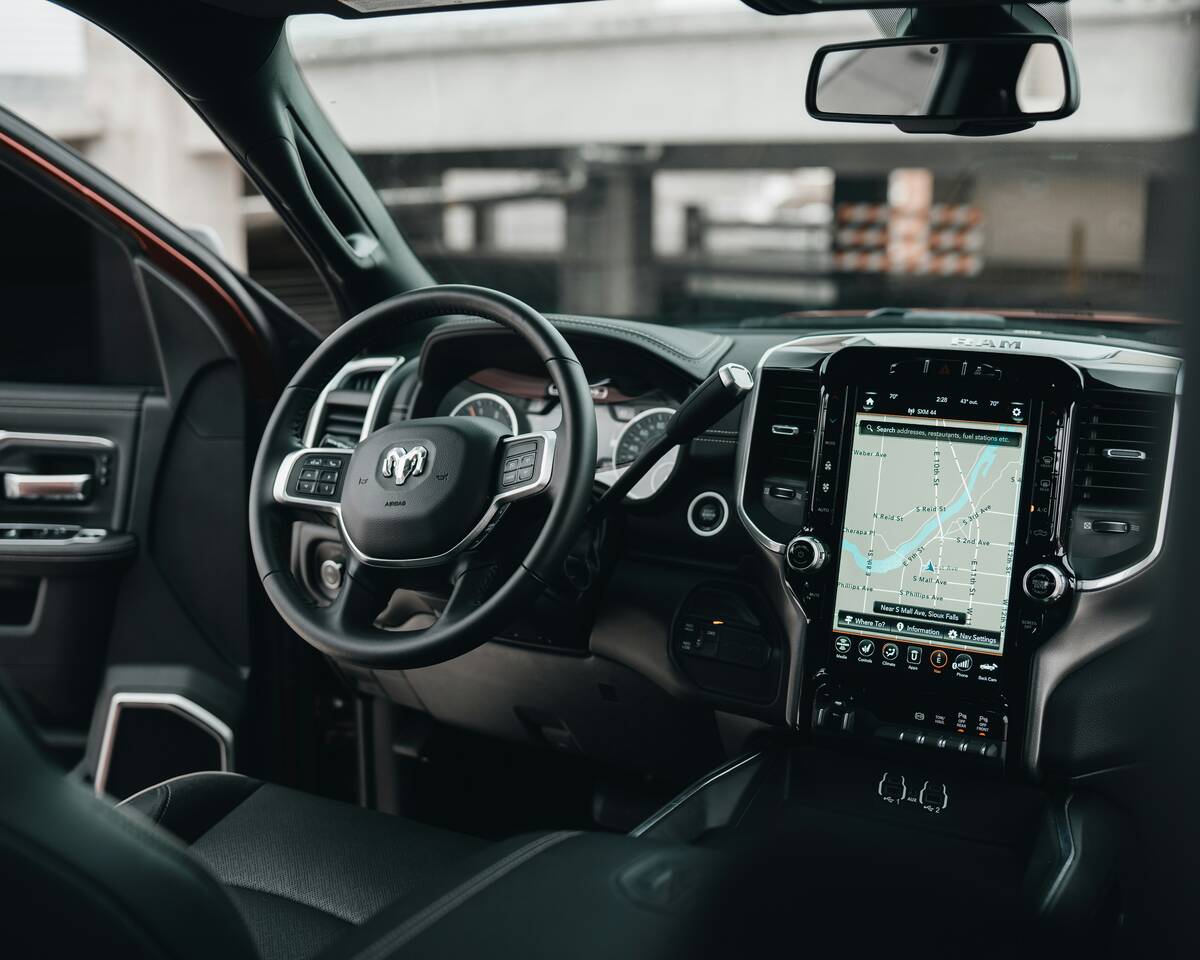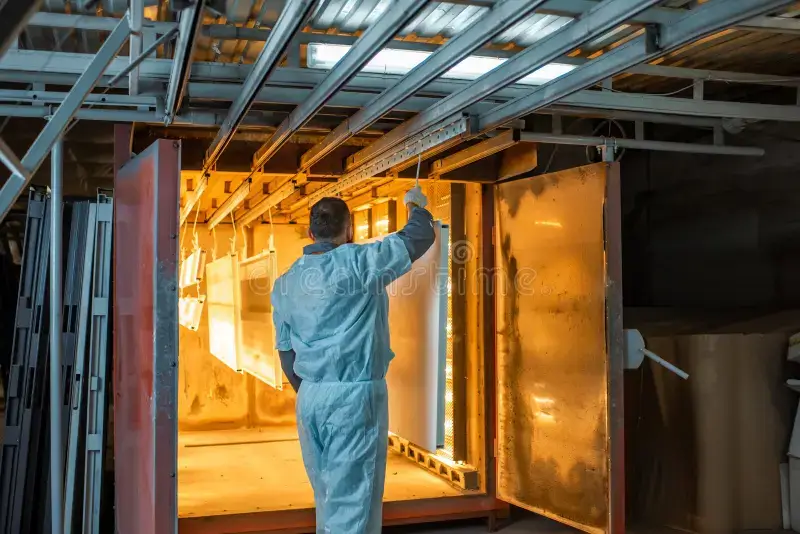Exploring How Technology is Revolutionizing Evidence in Car Crash Cases

The aftermath of a car crash can be a whirlwind of emotions, injuries, and complicated legalities. Traditionally, piecing together the events leading up to the accident relied heavily on witness testimony, often unreliable due to shock or obscured views. However, in a world increasingly driven by technology, the way evidence is collected and analyzed in car crash cases is undergoing a significant transformation.
In this article, we delve into the exciting and complex world of how technology is revolutionizing evidence in car crash cases.
The Impact of Dashcams and Vehicle Black Boxes
Dashcams and vehicle black boxes have emerged as indispensable tools in car crash investigations. It offers invaluable insights into the moments leading up to and following an incident. Dashcams, increasingly common in vehicles worldwide, record real-time footage of the road ahead. It provides visual evidence that can corroborate or refute eyewitness accounts.
According to Fortune Business Insights, dashcams have surged in popularity, driven by rising vehicle accidents. These cameras continuously record incidents on the front and rear sides of the vehicles, storing footage in a DVR box inside the car. The recorded footage serves legal proceedings, insurance claims, and protection needs.
Modern vehicles are also equipped with Event Data Recorders (EDRs), also known as black boxes. These record various vehicle data points like speed, acceleration, braking, and even airbag deployment in the moments leading up to and during a crash. While not directly viewable, this data can be downloaded by professionals and analyzed to reconstruct the accident with greater precision.
Utilizing Smartphone Apps and GPS Data
Smartphone apps and GPS data have become powerful allies in the quest for evidence in car crash cases. The widespread use of navigation apps and built-in GPS systems in modern vehicles has made obtaining precise location data effortless. These technologies assist drivers in navigating unfamiliar roads and serve as digital witnesses in a collision.
Business News Daily reported that in 2022, Android Authority discovered that numerous individuals still keep their location tracking enabled. According to their poll of over 1,400 people, 66.8% of Android users affirmed they keep their location-tracking activated.
These findings emphasize the widespread use of location tracking, underscoring its importance in utilizing smartphone apps and GPS data in car crash cases.
Analyzing GPS data enables investigators to reconstruct precise vehicle movements, revealing details such as speed, direction, and adherence to traffic laws. Smartphone apps with accident detection and automatic recording offer real-time insights, capturing critical moments often overlooked by traditional methods.
This combination of technologies significantly enhances evidence collection and analysis in car crash cases.
Advancements in Accident Reconstruction Software
The raw data collected from dashcams, black boxes, and smartphones is just one piece of the puzzle. To truly understand the cause and dynamics of a car crash, investigators and legal teams rely on specialized accident reconstruction software. These sophisticated programs take the collected data and use complex algorithms to create detailed simulations of the crash scene.
In October 2023, Fox2Now reported a fatal hit-and-run in south St. Louis, where one person was killed near the intersection of Gravois and Nebraska. The victim, Craig Schuman, 61, was struck by a red pickup, and despite efforts at the hospital, he was pronounced dead. Police are seeking information and have called for assistance with the accident reconstruction.
In such accidents, seeking assistance from a local personal injury lawyer can be beneficial. They can leverage the expertise of accident reconstruction professionals to collect data that can produce favorable outcomes. By utilizing data from software solutions, an experienced St. Louis personal injury lawyer can present a compelling case in court. It can also help in elevating the compensation amount.
TorHoerman Law emphasizes the importance of selecting an attorney who possesses experience, dedication, and resources to litigate your case effectively. It’s crucial to find someone well-versed in the intricacies of the St. Louis legal system, ensuring comprehensive representation tailored to your needs and circumstances.
Wearable Technology and Biomechanical Analysis
In car crash investigations, wearable technology and biomechanical analysis play crucial roles in comprehending the physiological impacts of collisions. Accelerometers, gyroscopes, and biometric sensors offer real-time data on movement, impact forces, and vital signs during crashes, aiding understanding.
These groundbreaking tools enhance the accuracy of injury assessments and contribute to more informed medical and legal decisions.
Integrating data with biomechanical analysis software enables forensic experts to assess injury mechanisms and severity comprehensively. These insights are vital for determining seatbelt effectiveness, airbag deployment timing, and occupant kinematics, significantly influencing car crash case outcomes.
Artificial Intelligence and Machine Learning Algorithms
Car crash evidence analysis is poised for advancement with the integration of Machine Learning (ML) algorithms and Artificial Intelligence (AI). These tools are poised to automate the analysis of extensive data from diverse sources, like black box data, dashcams, and smartphone information.
Their implementation promises to revolutionize the efficiency and accuracy of evidence processing in car crash investigations.
Imagine a system that can automatically scan hours of dashcam footage to identify erratic driving patterns or potential distractions. Or, picture an algorithm that can analyze black box data and pinpoint the exact moment a driver slammed on the brakes. Research from the National Institute of Health indicates that machine learning algorithms excel in accurately classifying driver behavior through video analysis.
Legal Implications and Challenges
While the integration of technology in car crash cases brings about numerous benefits, it also presents a myriad of legal implications and challenges. Privacy concerns arise regarding the collection and use of digital evidence, questioning the admissibility and authenticity of data from dashcams and smartphones.
Also, reliance on intricate algorithms and simulations may raise concerns about transparency and comprehensibility, potentially compromising evidence trustworthiness in court.
Besides, unequal access to advanced technology among legal practitioners and jurisdictions can worsen disparities in the legal system. As technology evolves, navigating legal complexities is essential for ensuring integrity and fairness in car crash investigations and litigation.
Frequently Asked Questions
How do dashcams and vehicle black boxes contribute to car crash investigations?
Dashcams capture real-time footage of the road. Black boxes record data like speed and braking patterns, aiding in accurately reconstructing the events leading up to a collision.
How does accident reconstruction software aid in understanding car crashes?
Accident reconstruction software aids in understanding car crashes by analyzing data such as vehicle speed, trajectory, and impact forces. Simulating the sequence of events leading to a crash provides valuable insights into causation factors and helps determine liability.
What are the challenges of using technology in car crash cases?
Challenges in car crash cases with technology involve data privacy, digital evidence admissibility, and uneven access to advanced tools. Also, the complexity of analyzing large volumes of data presents logistical and technical hurdles in the investigation process.
In conclusion, technology’s integration has ushered in a new era of evidence gathering and presentation in car crash cases, profoundly transforming the legal landscape. Navigating this digital frontier requires collaboration among legal practitioners, policymakers, and stakeholders to ensure equitable justice.
Embracing innovation while maintaining fairness and integrity allows us to maximize technology’s potential for swift and just car crash case resolutions.

